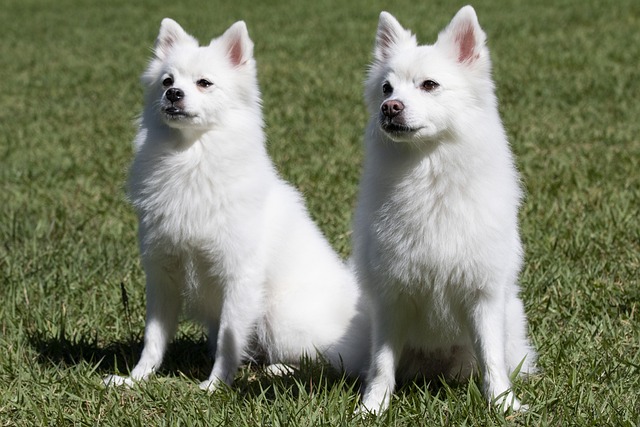
What is glaucoma in a dog?
You might notice your dog squinting more at mealtime or avoiding bright sunlight—these small changes could be early signs of a serious eye condition.
Picture this: You’re wearing black jeans, and your beloved Labrador, Max, greets you with a full-body shake. Suddenly, your pants look like a fuzzy Chewbacca costume. Labradors shed year-round, with brutal "coat blows" in spring and fall. While DIY brushing helps, professional Labrador undercoat management techniques tackle what home tools miss – that dense, woolly layer trapping dead fur against their skin. Groomers don’t just remove hair; they prevent hot spots, improve temperature regulation, and reduce household allergens by 60%.
Here’s what happens behind the salon door. First, a dry deshedding pass using specialized tools. A curved undercoat rake gently lifts loose fur without damaging the topcoat (unlike Furminators, which can slice guard hairs if misused). Next, a rubber-tipped deshedding brush massages the skin, stimulating oils for a healthier coat. Only then comes the bath with a high-velocity blowout – the real magic. Using 300+ CFM dryers (like K9 II models), groomers blast trapped undercoat fur from the follicles. This isn’t just powerful; it’s low-stress deshedding compliance, often paired with lick mats smeared with peanut butter to countercondition dryer anxiety – a practice mandated by progressive states like Colorado’s Animal Care Standards.

For apartment dwellers, post-grooming maintenance is key. That glorious blowout releases clouds of fur. Reputable groomers in cities like Seattle offer "tidy-up" vacuums to contain fallout, respecting shared laundry room rules. At home, biweekly sessions with a slicker brush and ZoomGroom rubber curry comb prevent matting behind ears and thighs. Always use apartment-friendly deshedding protocols: lay a damp towel under your dog during brushing to catch fur, avoiding disputes with downstairs neighbors over air-vent fur invasions.
Crucially, professional deshedding ties to legal welfare duties. Severe undercoat compaction can mask parasites or skin infections – reportable concerns under animal neglect statutes in states like Illinois. Before any appointment, ensure your Lab’s rabies vaccine is current (non-negotiable in all 50 states; fines reach $500 in Texas). Post-groom, leash laws and public fur disposal ethics apply: carry biodegradable bags not just for waste, but to collect discarded tufts during park walks. In places like Central Park, leaving fur piles violates "carry in, carry out" ordinances ($250 fines). Remember, consistent professional care isn’t indulgence; it’s preventive medicine for a breed prone to overheating.

You might notice your dog squinting more at mealtime or avoiding bright sunlight—these small changes could be early signs of a serious eye condition.

Let’s set the scene: It’s a sweltering Phoenix afternoon—105°F outside—and you rushed your 2-year-old Lab mix, Cooper, on a quick walk to “get it over with.”

Let’s get real: You’re in your Miami apartment, watching your 3-year-old Corgi, Loki, struggle to climb the stairs to your second-floor unit.

Many dog owners brush off occasional scratching as just “dog behavior,” but persistent itching often signals something more—like a food allergy.

You might first notice your dog scratching more than usual—chewing at their paws until the fur looks thin, or rubbing their face against the couch nonstop.

Let’s be real: You’re standing in your Chicago apartment, watching your 3-year-old Beagle, Max, huff and puff just to climb onto the couch.